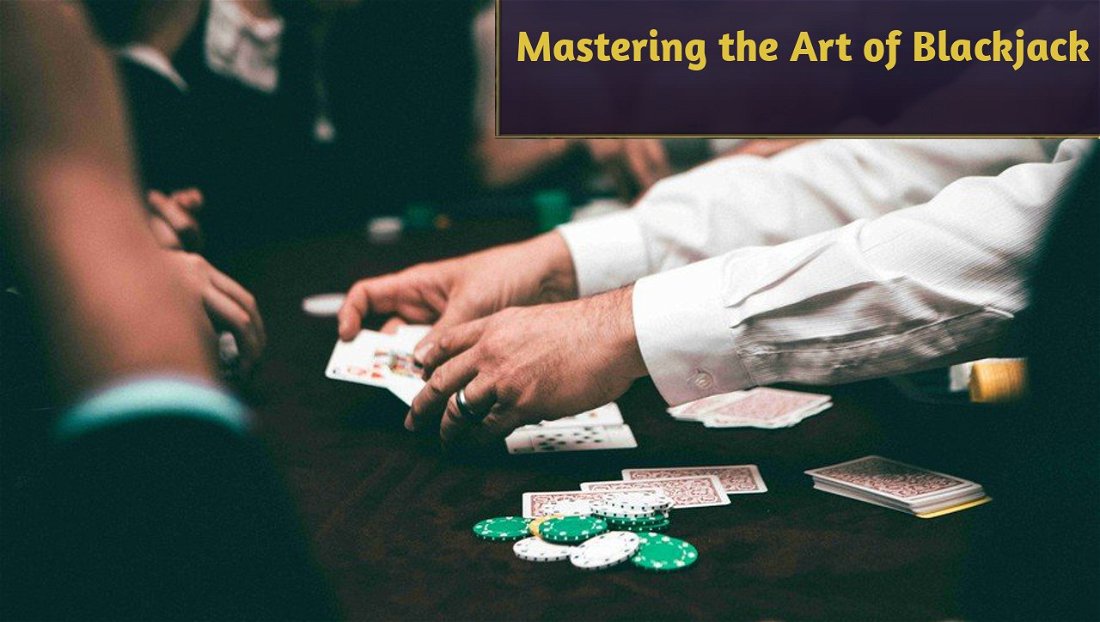The Basics of Poker
Poker is a game of skill, strategy, and luck. The main objective is to win chips or money from other players by having the best hand or convincing others that you do. Let's break down the fundamental concepts of poker, including how to play, hand rankings, betting structures, and some useful tips.
For those looking to practice these skills in a fun, social environment, Scratchful Social Online Casino offers a great platform to play online games with friends and improve your game without the pressure of real-money stakes.
Understanding Poker Rules
Before diving into the game, it’s essential to grasp the rules thoroughly. Poker rules provide the structure within which you develop your strategy to become a successful player.
For complete beginners, the primary goal is to win pots, which are the accumulations of chips or money bet during a hand. You can win a pot in two ways;
1. Having the best hand at showdown: This means that after all betting rounds are complete, you reveal your cards, and if they rank the highest, you win the pot.
2. Making everyone else fold: This happens when you bet in a way that makes other players give up their hands, leaving you as the last player standing.
Poker Hand Rankings
Poker hand rankings are essential to understand because they determine who wins the pot in a showdown. Here are the basic hand rankings from highest to lowest:
1. Royal Flush: A, K, Q, J, 10, all of the same suit.
2. Straight Flush: Five consecutive cards of the same suit.
3. Four of a Kind: Four cards of the same rank.
4. Full House: Three cards of one rank and two cards of another rank.
5. Flush: Five cards of the same suit, not in sequence.
6. Straight: Five consecutive cards of different suits.
7. Three of a Kind: Three cards of the same rank.
8. Two Pair: Two cards of one rank and two cards of another rank.
9. One Pair: Two cards of the same rank.
10. High Card: When no other hand is made, the highest card wins.
Betting Structures in Poker
Poker games can be played with different betting structures, each influencing the strategy and pace of the game:
1. Limit: In this structure, bets and raises are limited to a specific amount. This controls the size of the pot and makes the game less volatile.
2. Pot Limit: Here, the maximum bet or raise is equal to the size of the current pot. This allows for larger bets than in Limit games but still provides some control over the pot size.
3. No Limit: Players can bet or raise any amount up to their entire stack of chips. This structure allows for the most aggressive play and the largest pots.
Tips for Beginners
Understanding the rules and hand rankings is just the start. Here are some tips to help you improve your game:
Learn to Bluff: Bluffing is a crucial skill in poker. It involves making other players believe you have a stronger hand than you do. Successful bluffing can make opponents fold better hands, allowing you to win the pot without having the best cards. However, use bluffing sparingly and carefully, as experienced players can often detect when you’re bluffing.
Play the Right Hands: Not all hands are worth playing. Learn to fold when you have weak hands and only play strong hands, especially as a beginner. Starting with strong hands increases your chances of winning and helps you make better decisions during the game.
Understand Position: Your position at the table (where you sit in relation to the dealer) significantly impacts your strategy. Being in a late position (closer to the dealer button) is advantageous because you get to see how other players act before making your decision. Use your position to your advantage by playing more hands and bluffing more when you’re in a late position.
Manage Your Bankroll: Bankroll management is essential for long-term success in poker. Set a budget for how much you’re willing to lose and stick to it. Avoid playing in games where the stakes are too high for your bankroll, as this can quickly lead to significant losses.
Study and Practice: Poker is a game of continuous learning. Study strategy guides, watch professional games, and practice as much as possible. The more you play, the better you’ll understand the nuances of the game and develop your style.
Popular Poker Variants
There are many variants of poker, but the most popular ones for beginners are Texas Hold’em and Omaha.
• Texas Hold’em: This is the most widely played variant and is relatively easy to learn. Each player is dealt two private cards, and five community cards are dealt face up. Players use these cards to make the best five-card hand.
• Omaha: Similar to Texas Hold’em, but each player is dealt four private cards, and they must use exactly two of them, along with three of the community cards, to make the best hand.
Final Thoughts
Poker is a game that combines luck, skill, and strategy. As a beginner, focus on understanding the rules, learning hand rankings, and developing basic strategies. Practice regularly and study the game to improve your skills over time. Remember, the goal is to enjoy the game and gradually become a better player. With patience and practice, you’ll be well on your way to mastering poker.










— コメント 0
, 反応 1
最初にコメントする